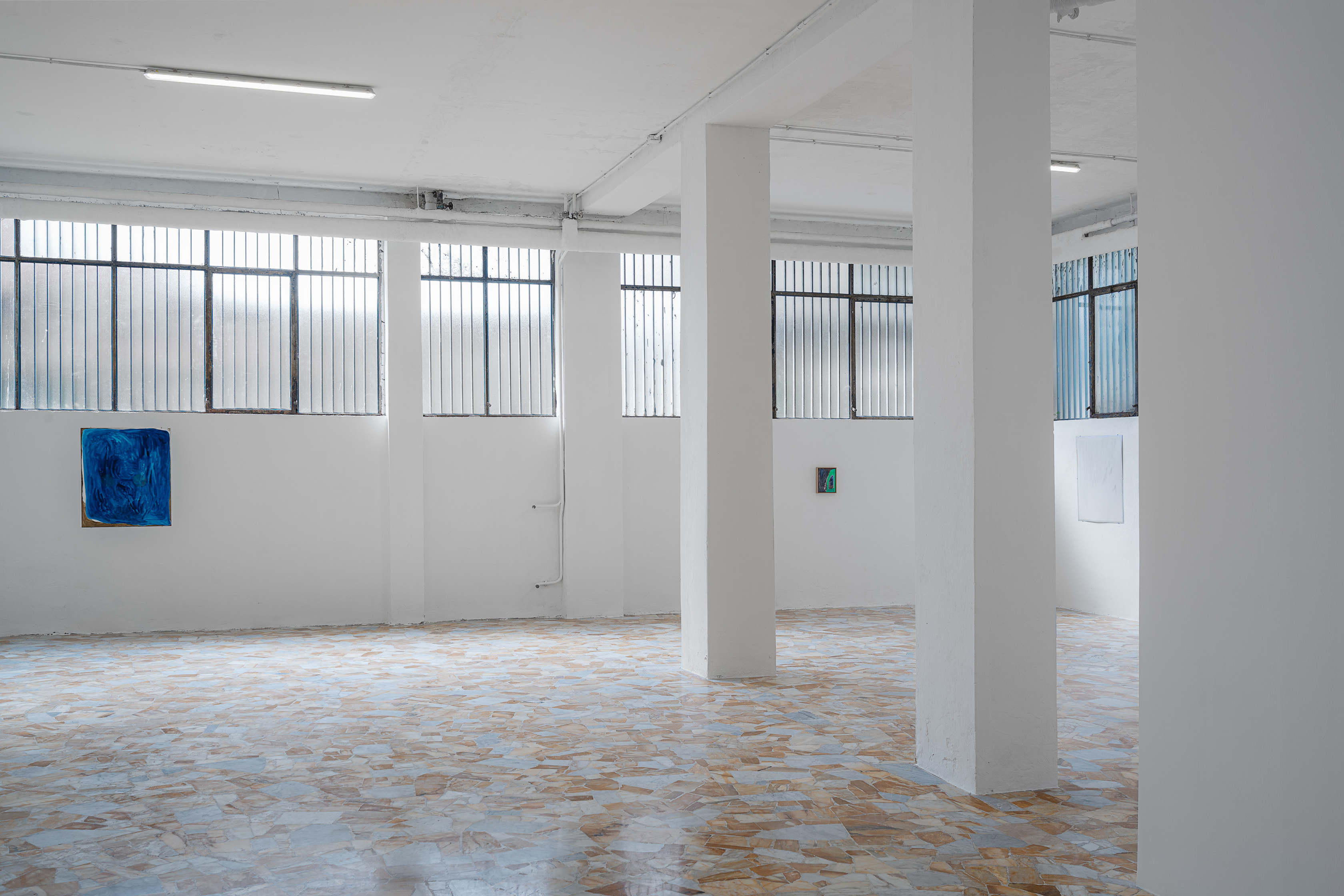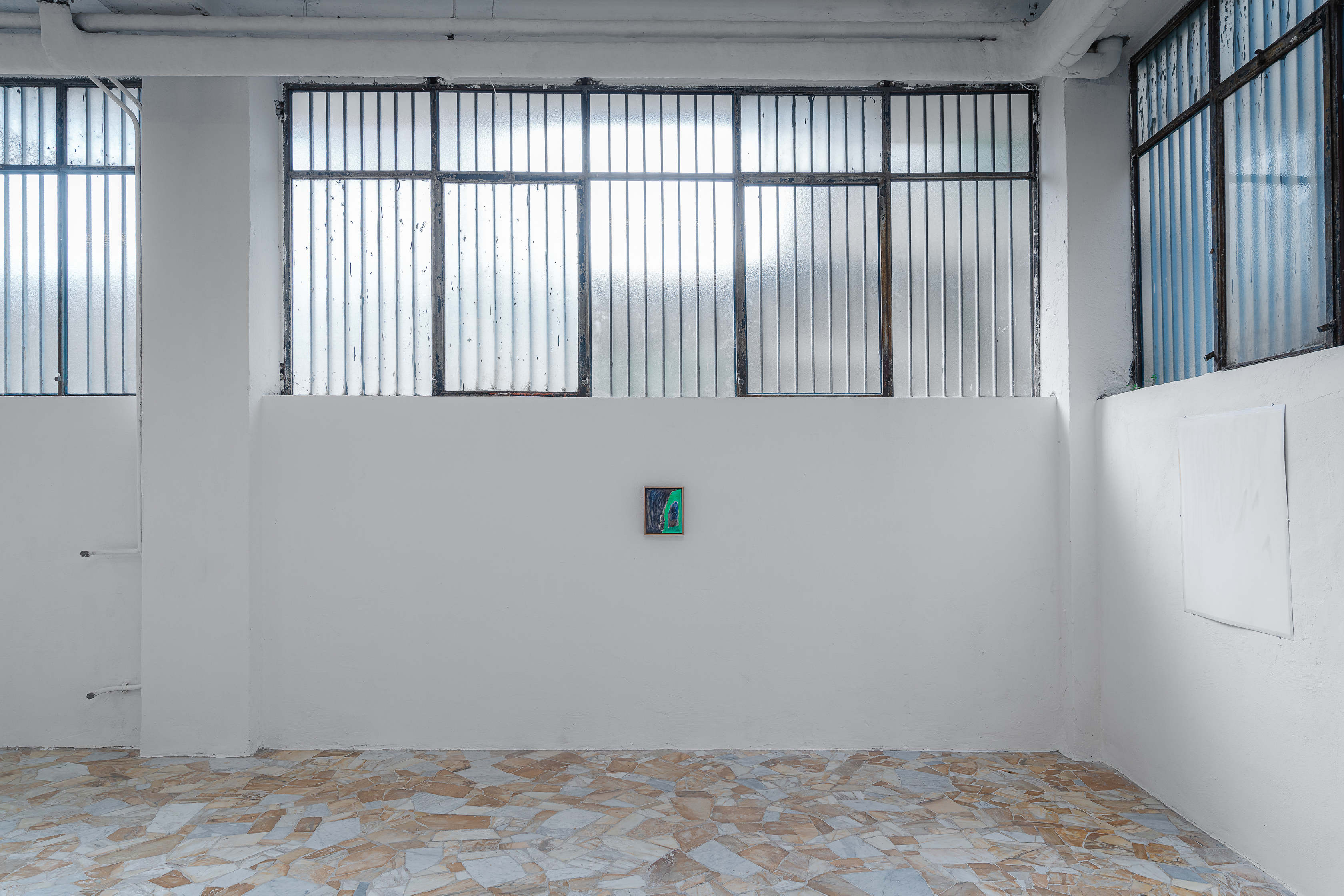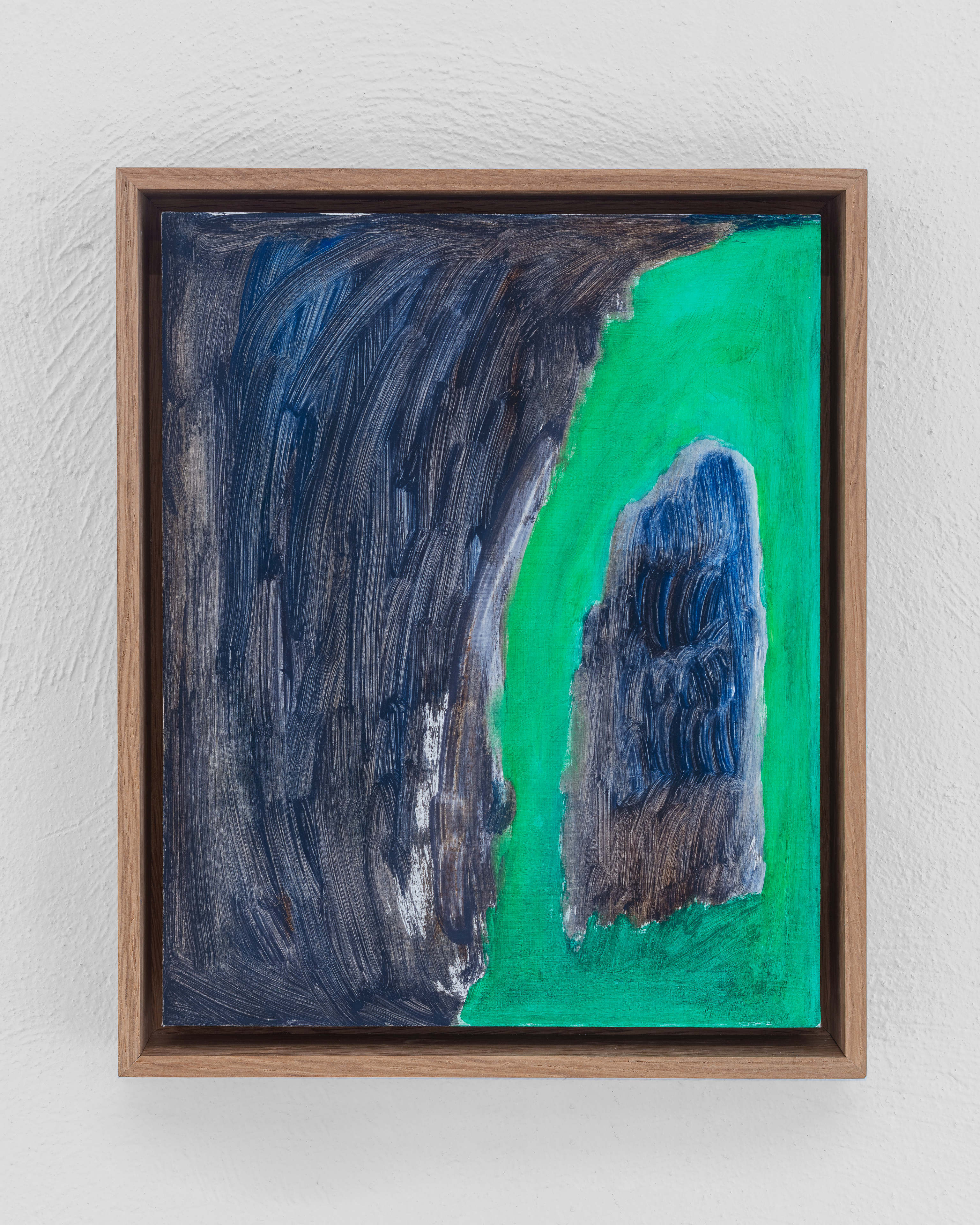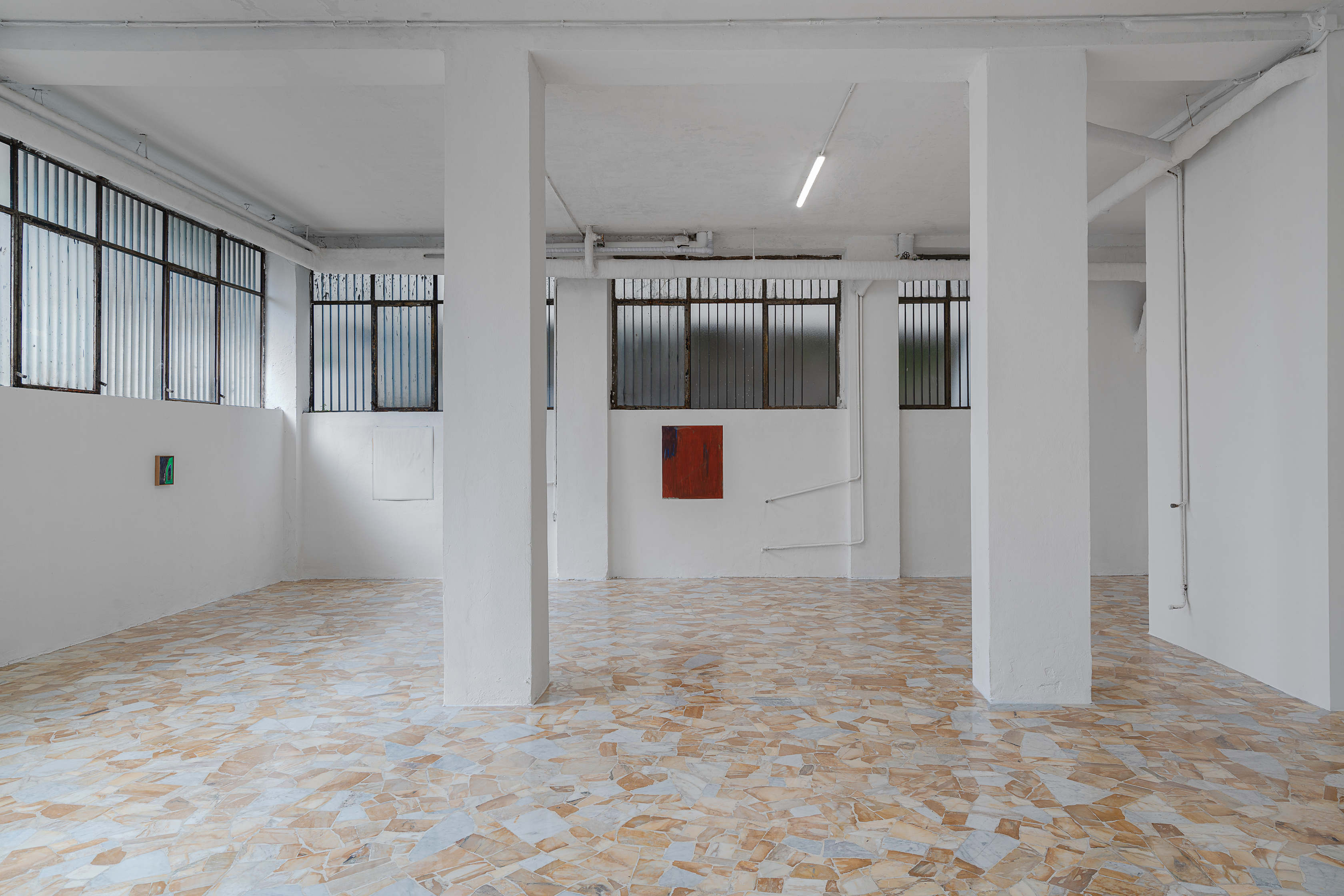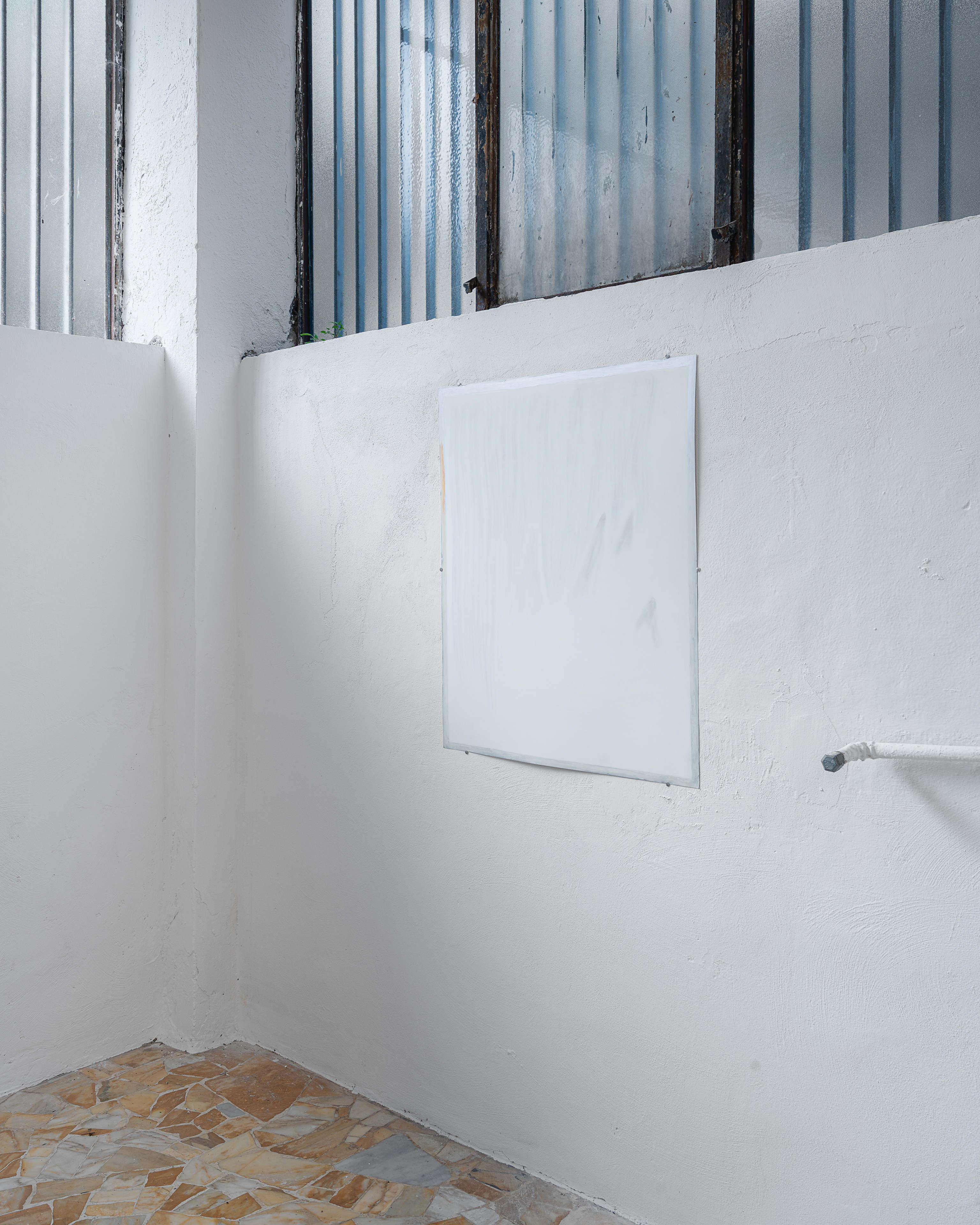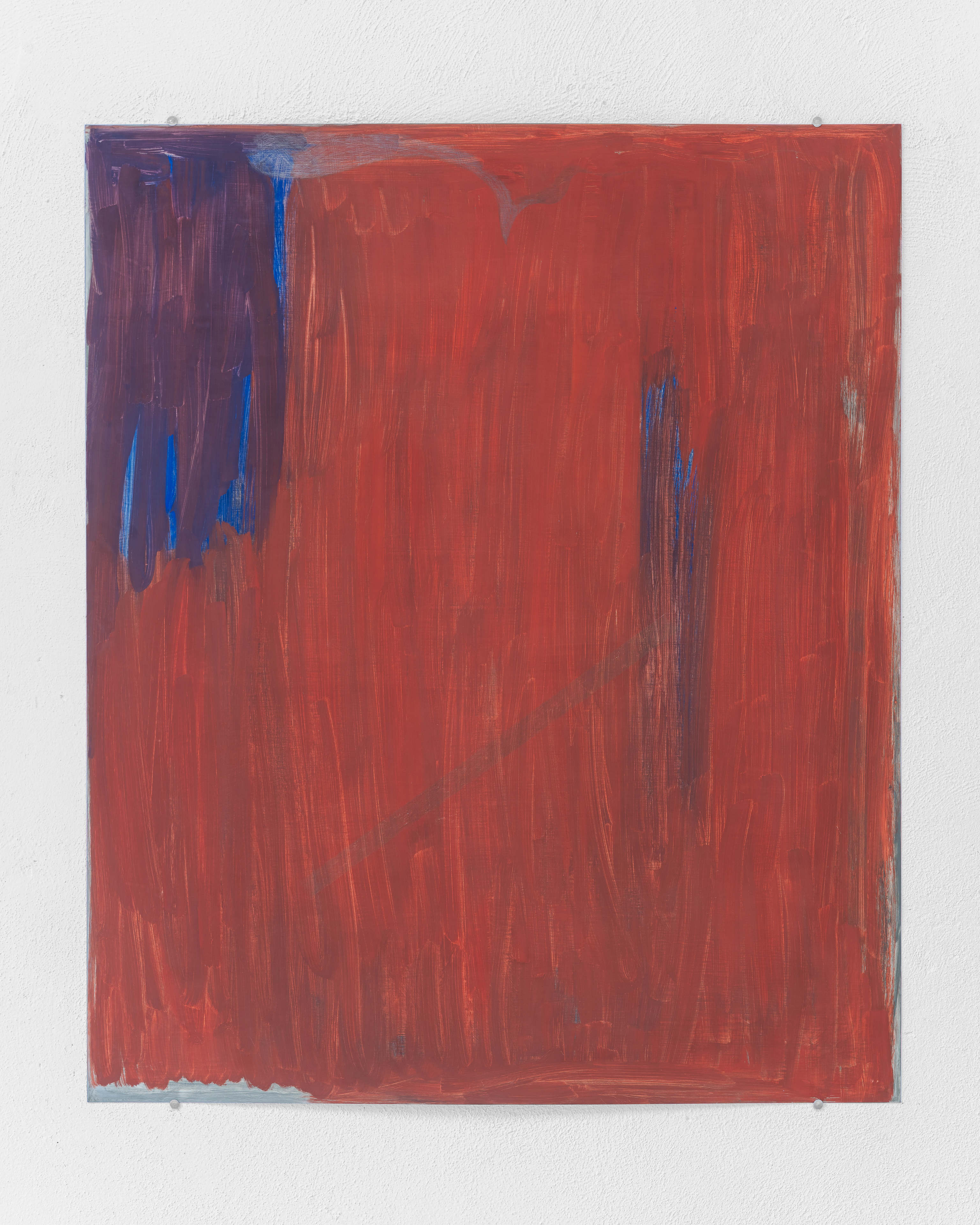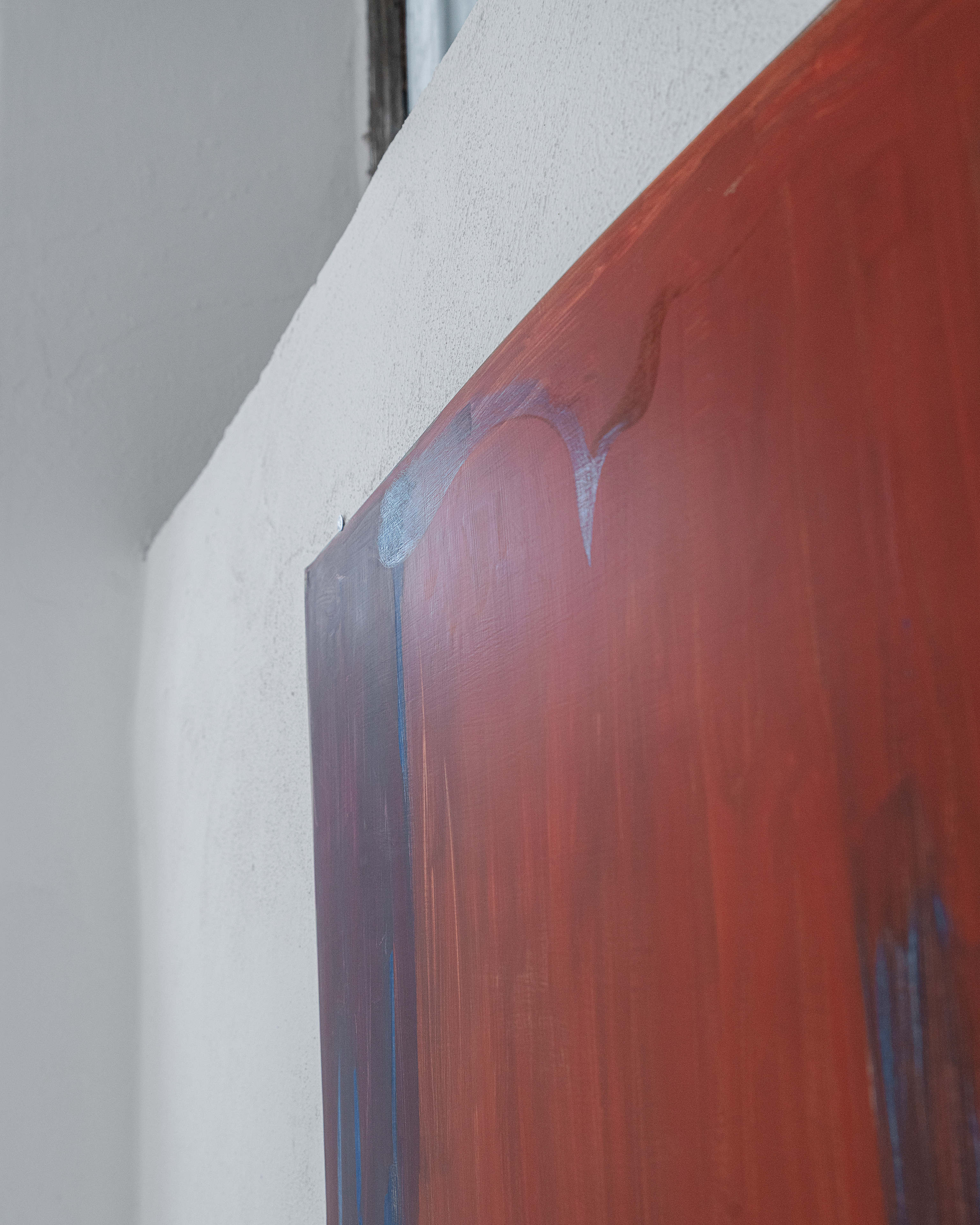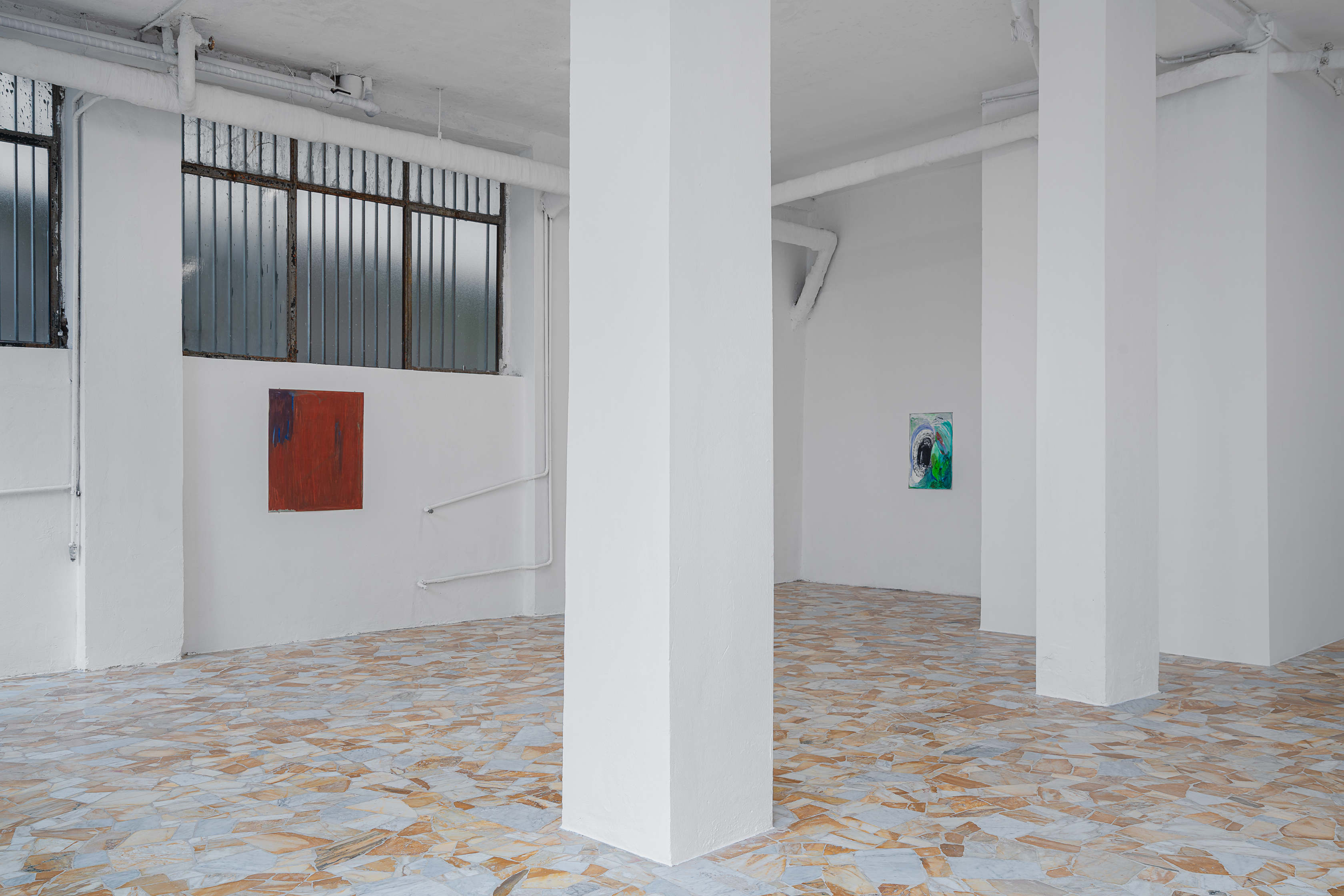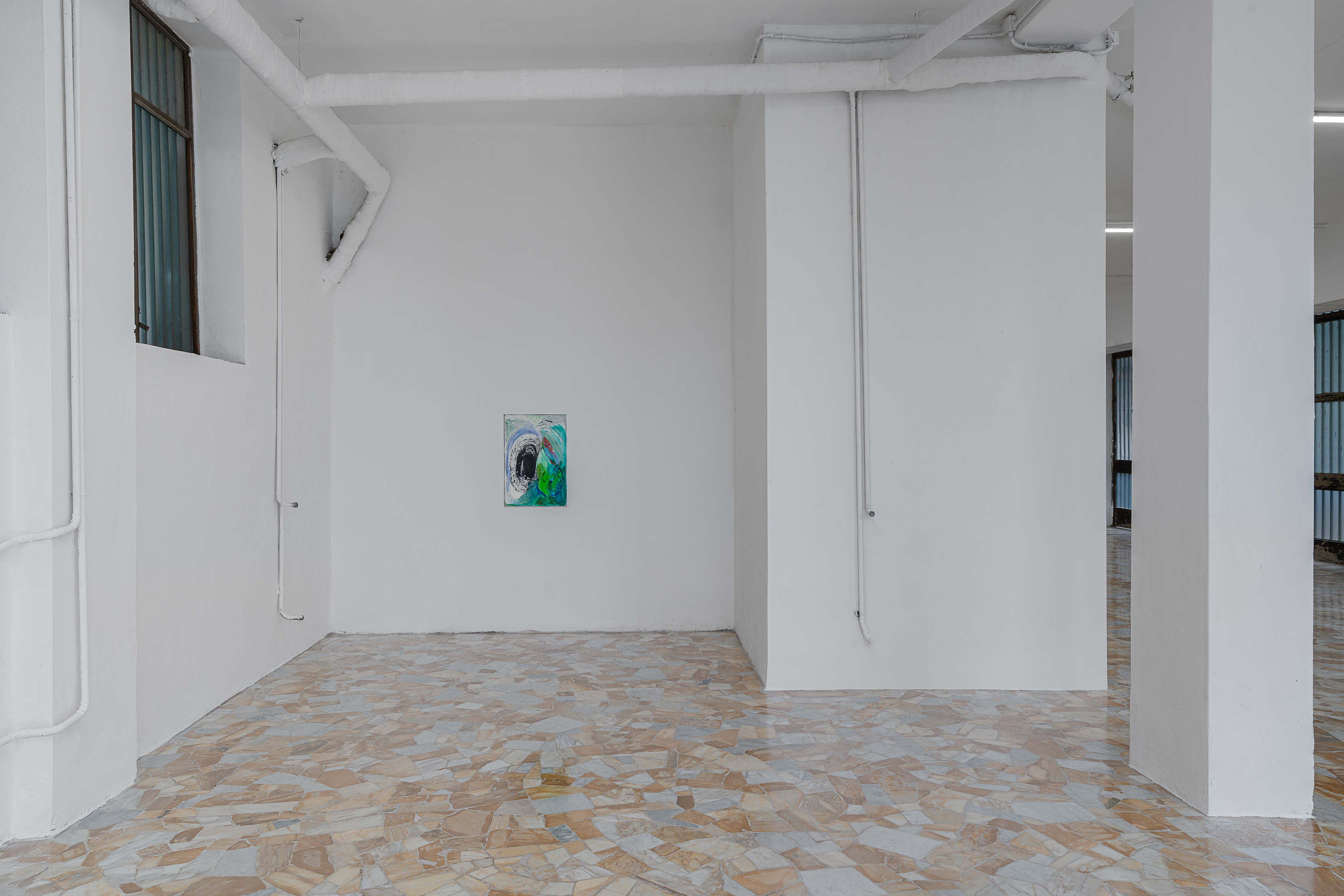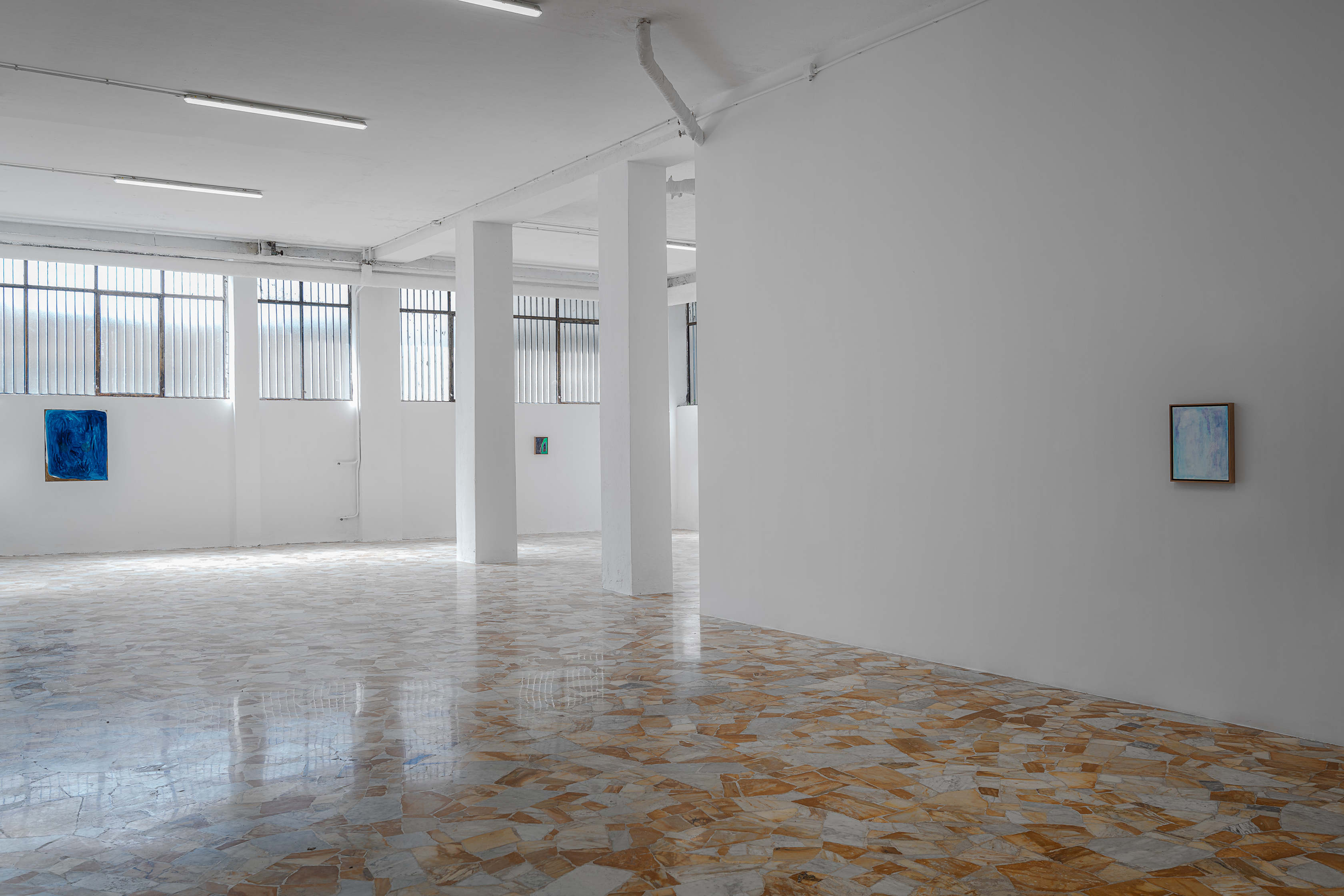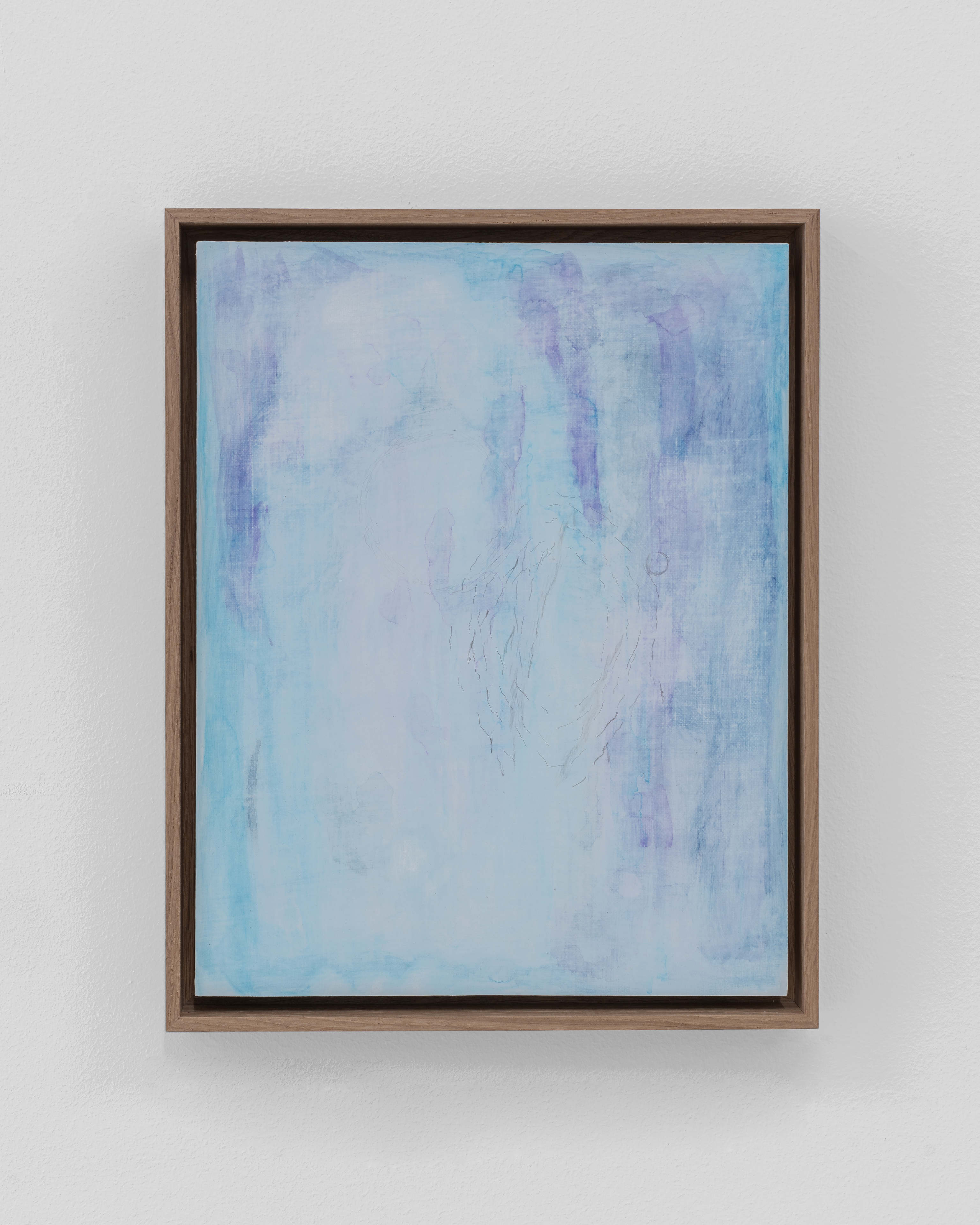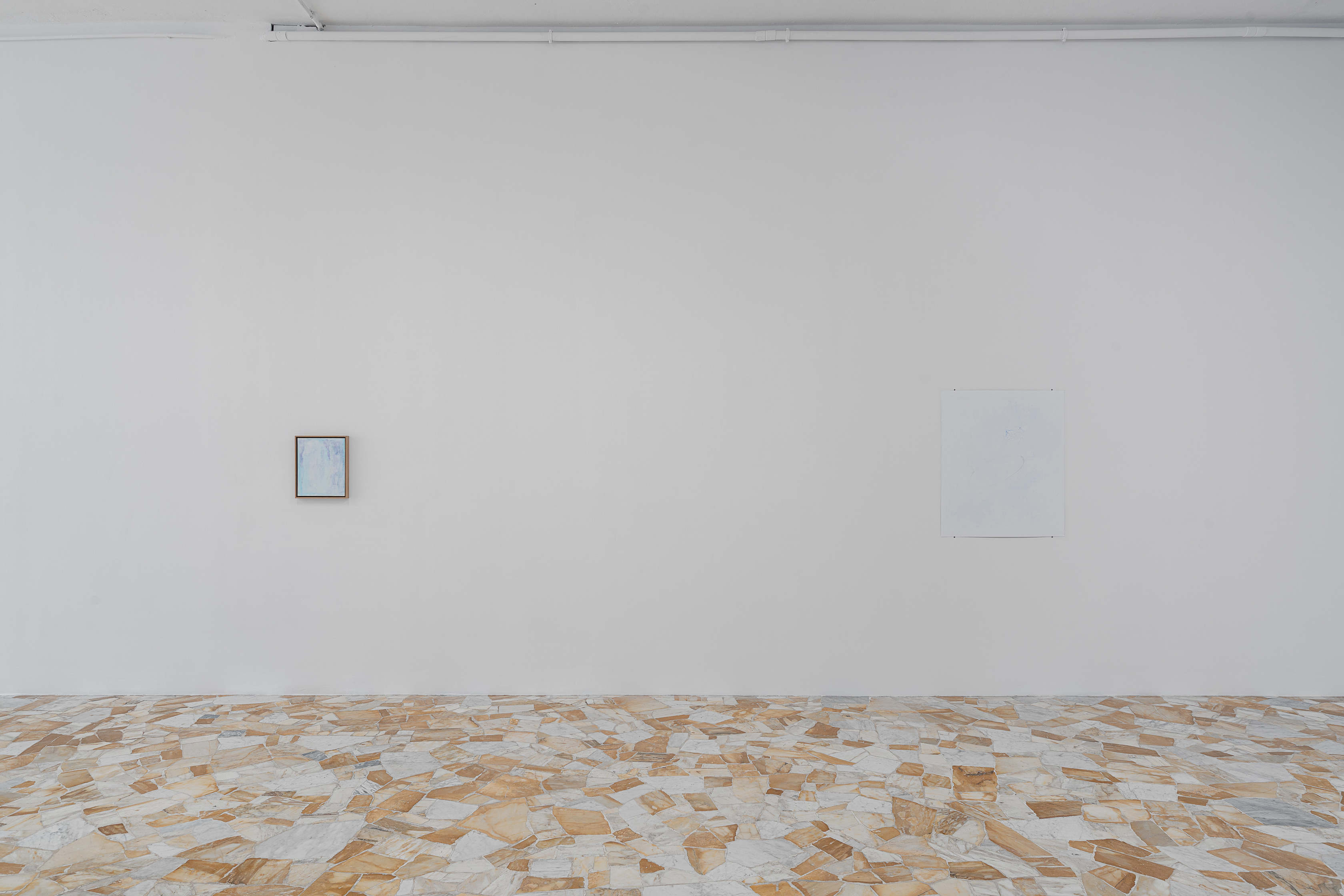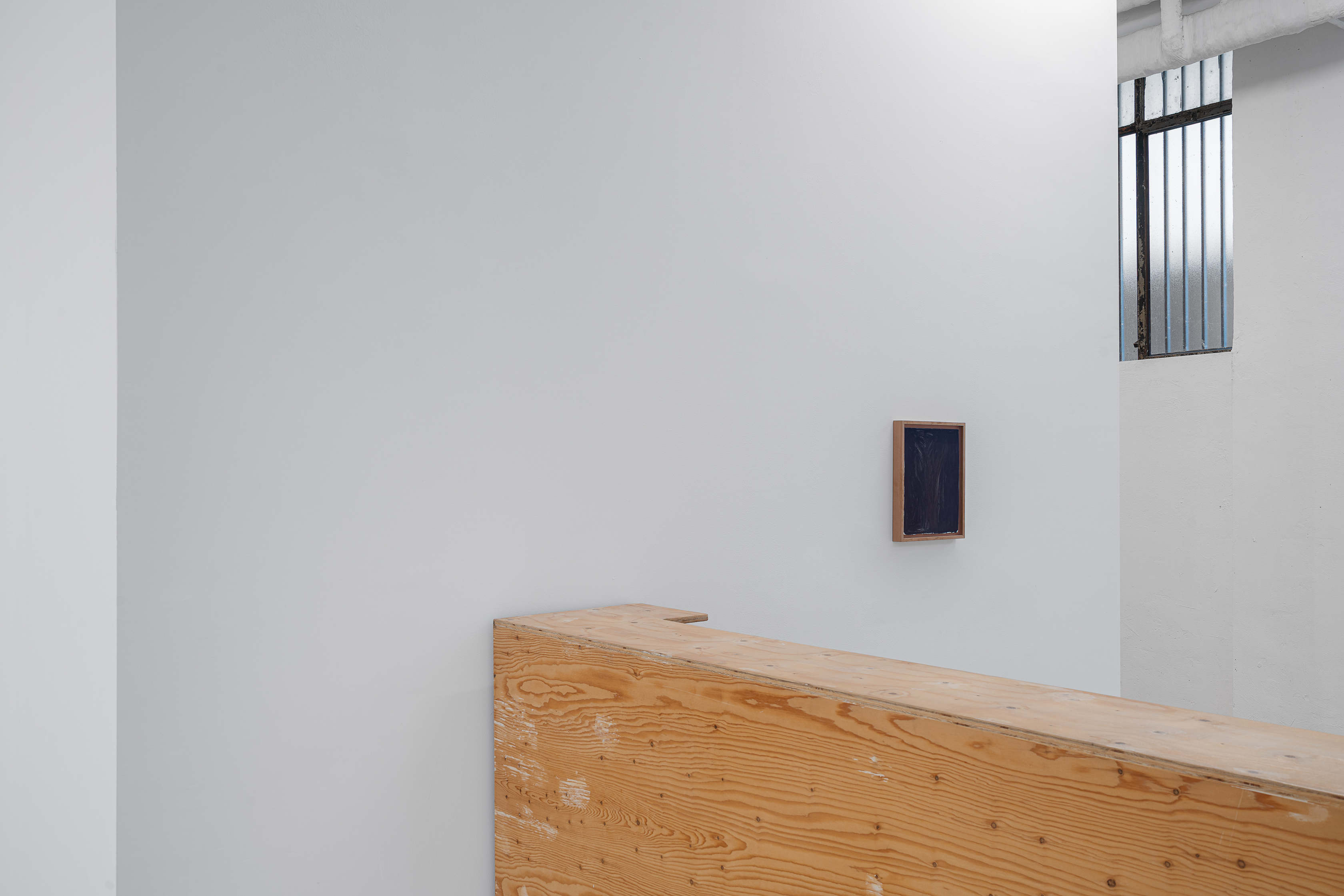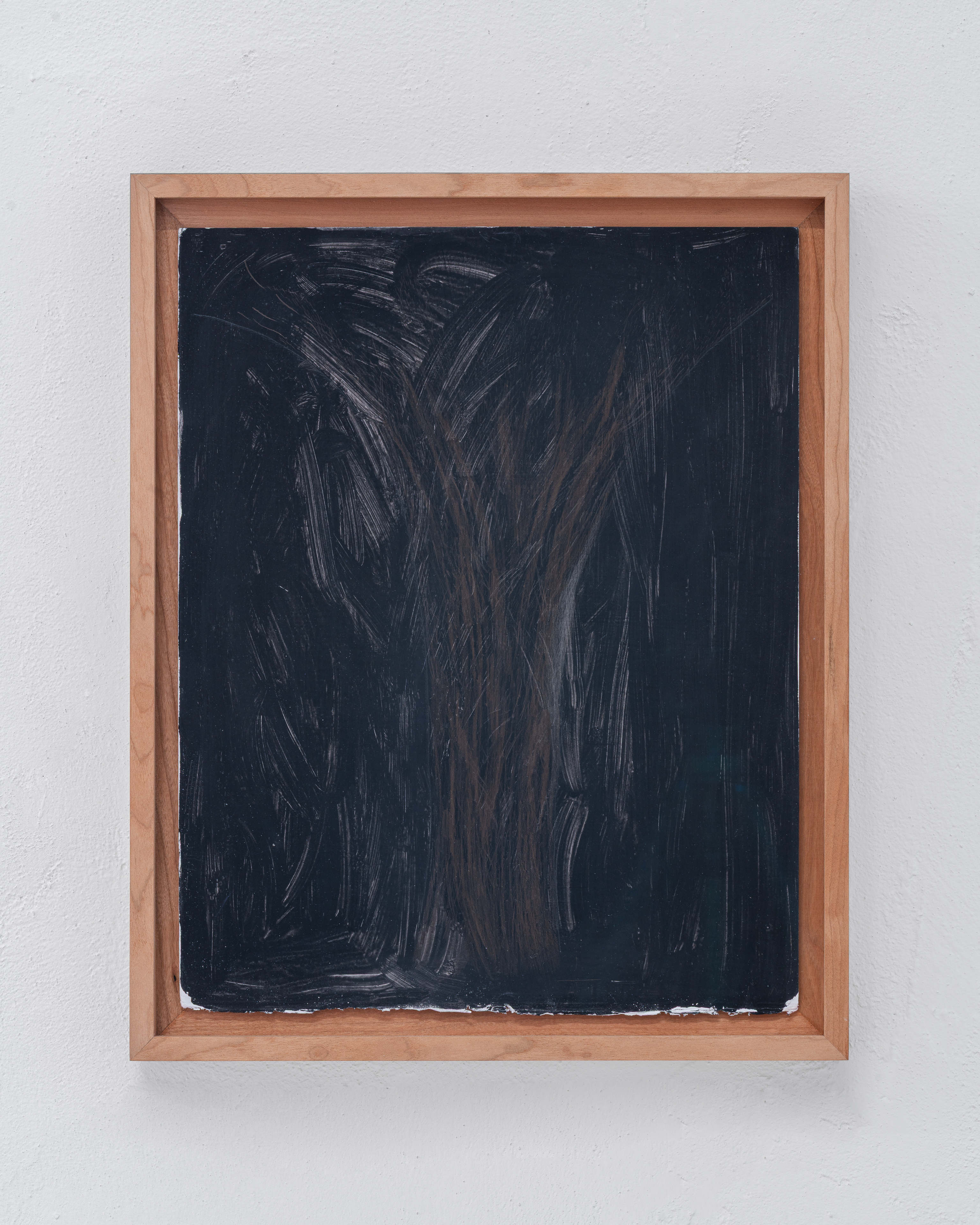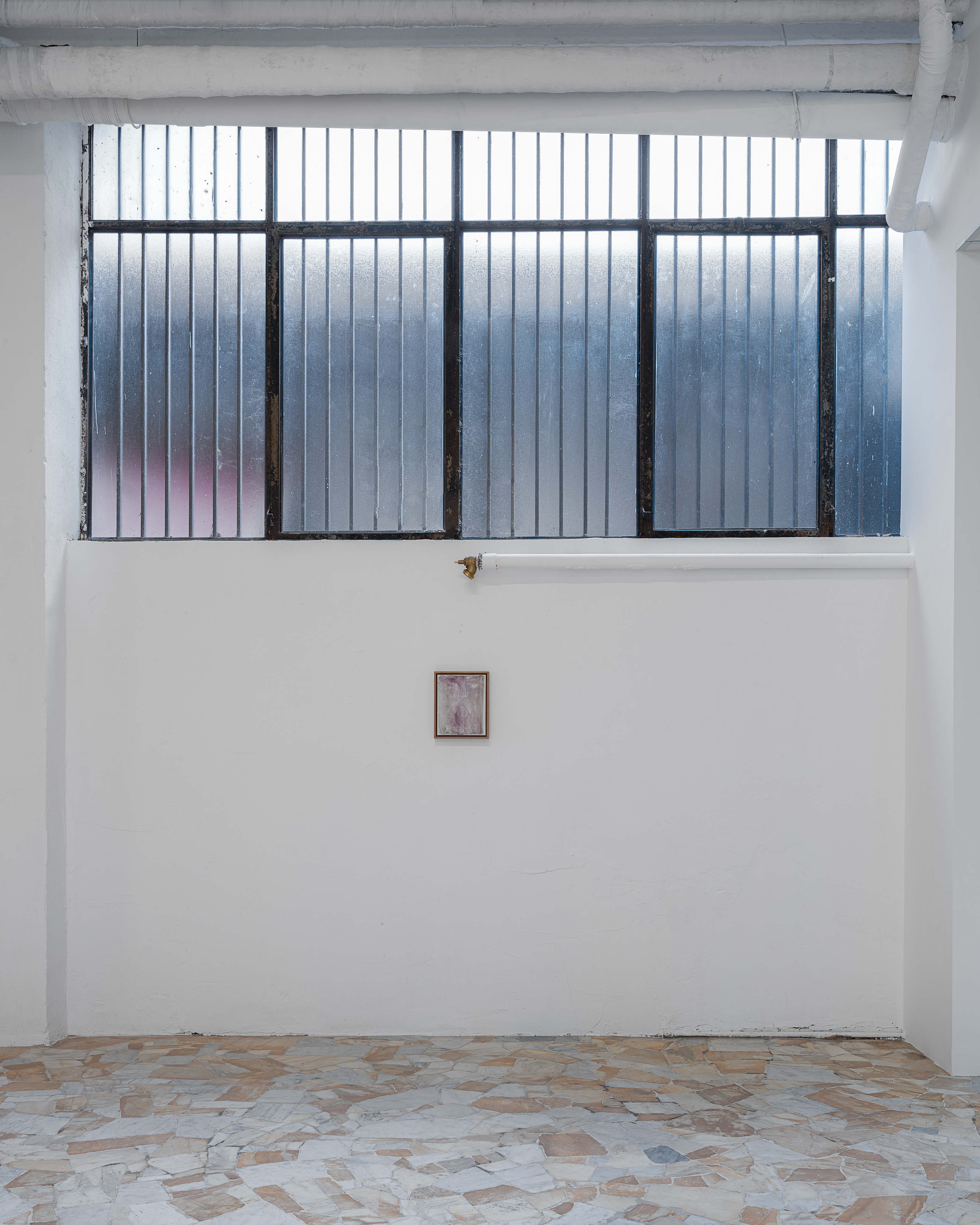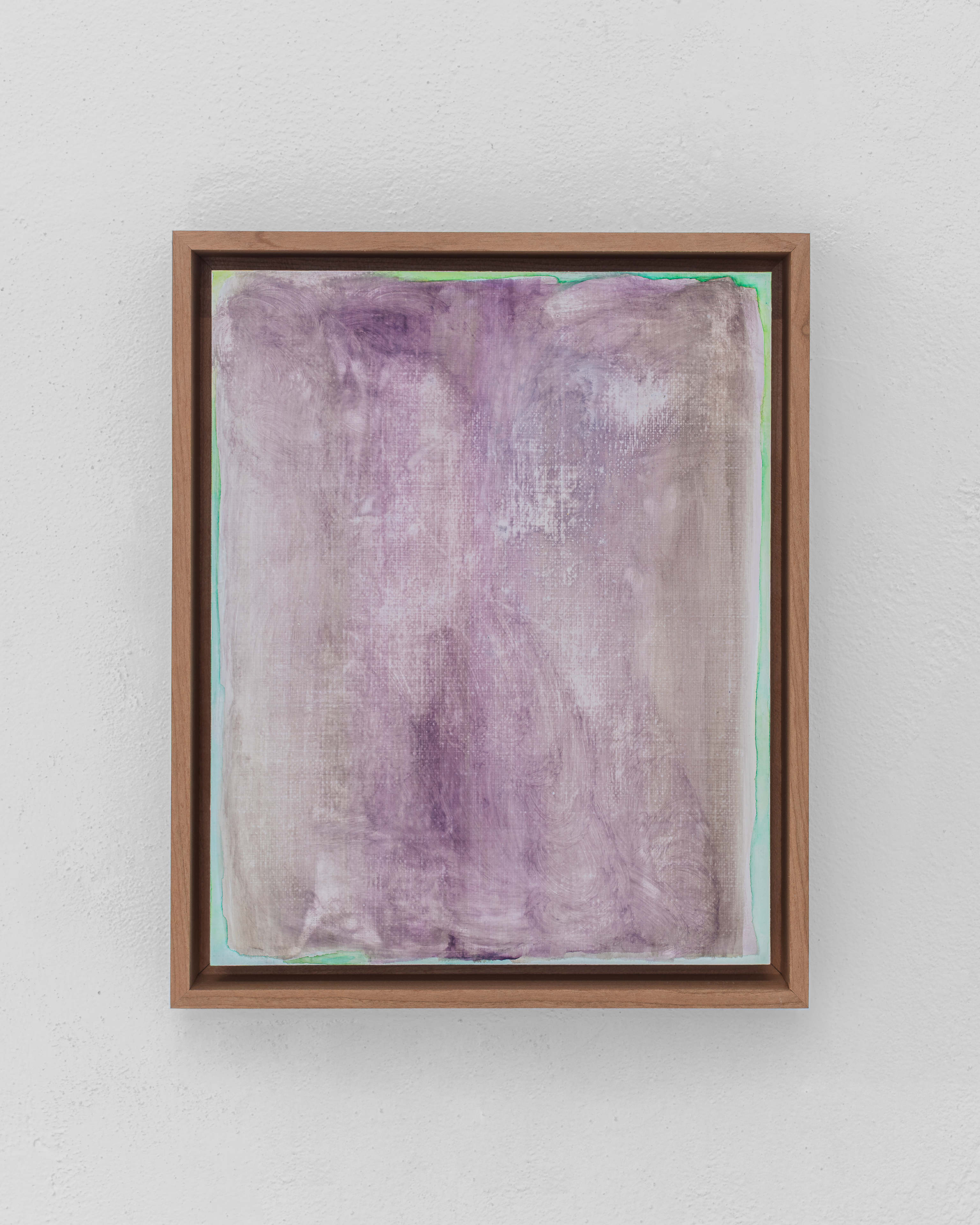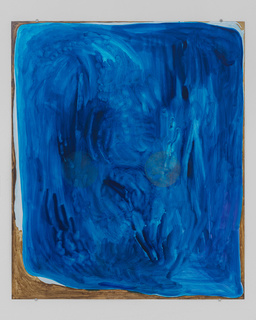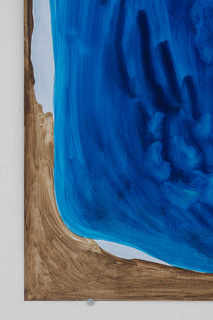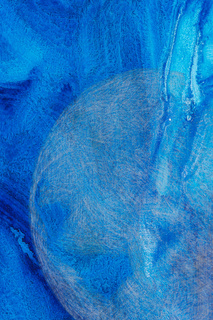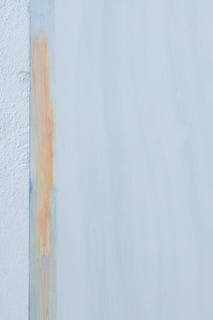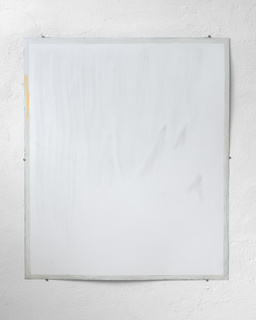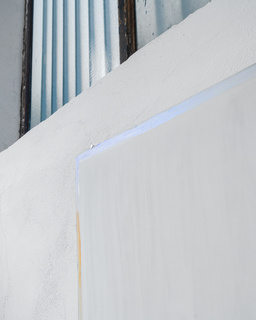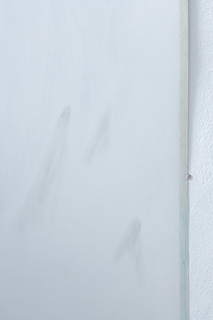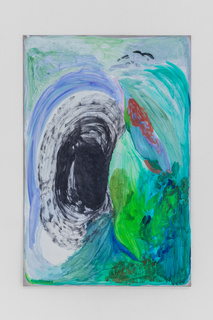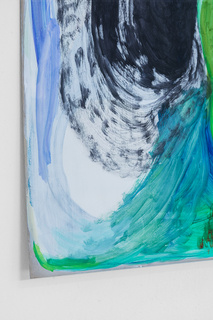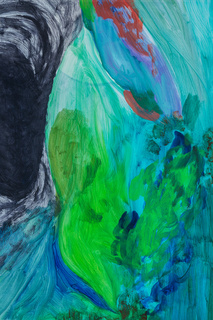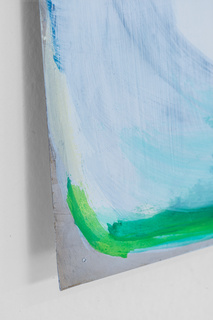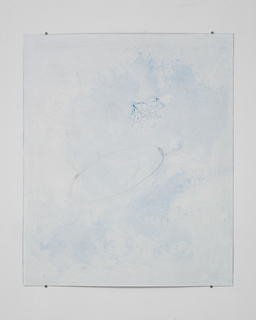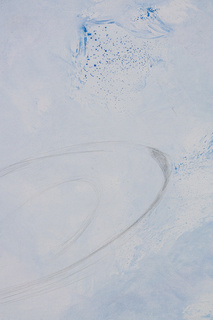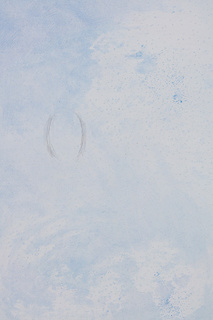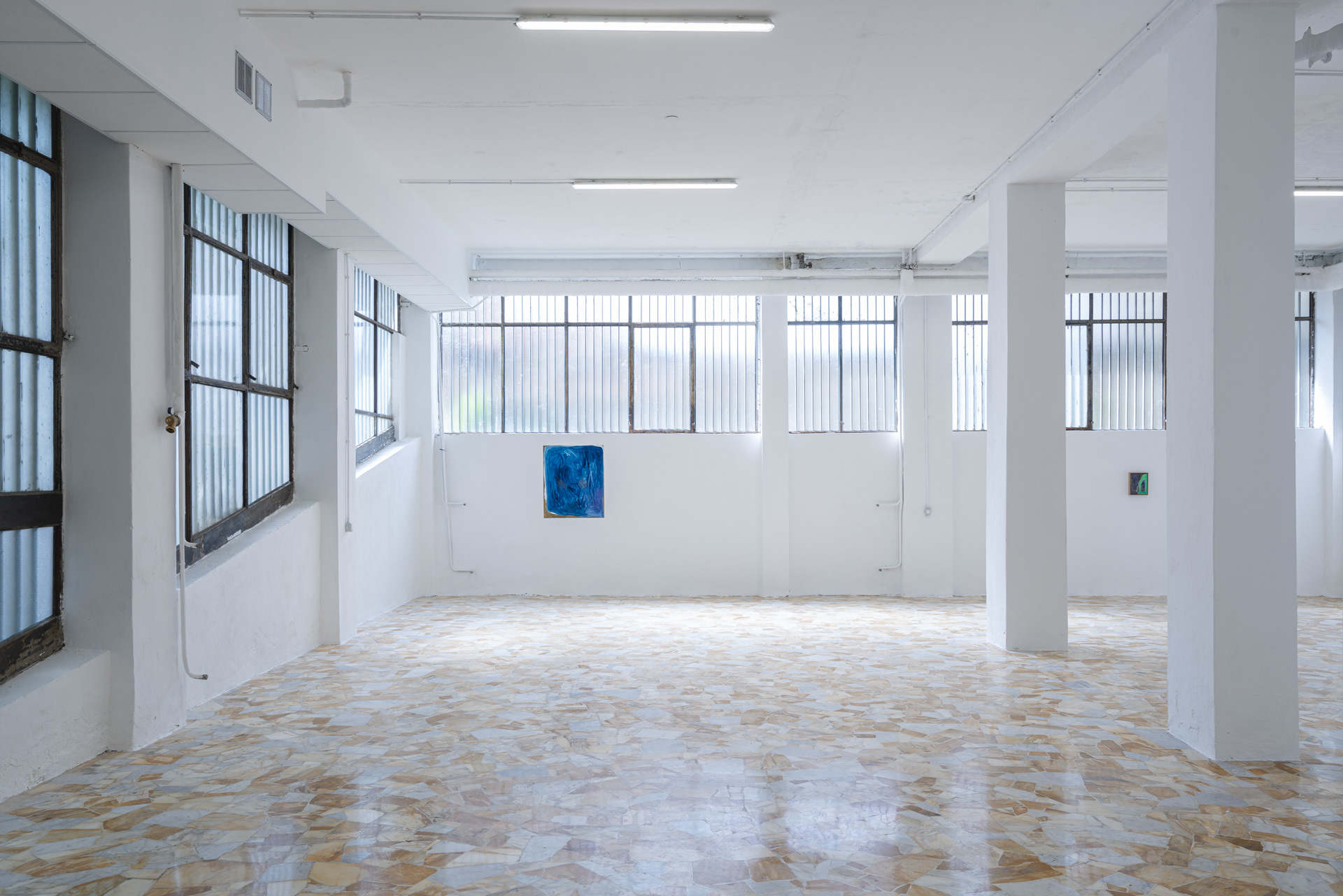
Narrative of shift in materials There are a few points of origin –
1. Aluminum substrates:
Earliest is many years ago, probably over 10, Beka Goedde gave me a few aluminum photo litho plates she had already used, suggesting I experiment with them. I didn’t do much with them but kept them around, and a couple of the new works are on her old plates.
I liked the thinness of the aluminum plate, how it sort of felt like paper on the wall, so thin it almost recedes, has a softness and flexibility that thicker or more traditional supports lack.
The larger aluminum plates are also sourced from lithography, but rather than photo emulsion they have a ball-grained surface that is like fine sand paper.
2. Silver/metal point (When I refer to silverpoint in the following, I am really referring to any metal point. I am using fine silver, 24K gold, pure copper, aluminum and bronze.)
I think this seed was first planted in conversation with Eli Bornowsky when he was showing me some silverpoint drawings he had made. I liked the subtlety of them and was interested in the ‘clay paper’ he used as a substrate.
The material resurfaced in my mind many months later while I was on residency in Japan. I think it had been rolling around a bit even before that, as I contemplated the ‘elemental’ quality of working with a pure metal to make a mark and all of the resonances of fine metals–culturally, physically, energetically. I thought about how opposite the technique is from my general way of working- the large works on paper built up of washy layers of liquid color, as opposed to the very determined and fine line of silverpoint.
This apparent opposition was a kind of opening for me–a way to approach my interests from another angle that would push me into uncomfortable and unknown territory. I’ve never been much of a drawer, and likewise I really had no affection for paper until I had a similar kind of turn in 2013 and bought a large roll wondering what I would do with a surface that seemed rather contrary to the wood panels and sticks I had been cutting with a jigsaw. The through line is the way that the specificities of whatever materials I’m using conjure particular tones, literally and metaphorically. Each component has its physical characteristics and cultural connotations that contribute to the accumulation of relationships initiated by my choice of application.
In Japan I didn’t end up finding the materials to start experimenting with silverpoint, but I started to think about the quality of it. My time there was very quiet and spent deep in nature, all forests and waterfalls and mists and I think I’m still drawing from that environment and silence. The thin wires and metal wools make marks that can only be so dark. This faintness and delicacy suit my interest in abstract and indeterminate states, attempts to pull forth some sort of invisible sensations and subtle relationships between all things.
There is some pleasure for me in using such a traditional material in a non-typical way. Its use sort of died out after the Renaissance and advent of graphite pencil, and as far as I can tell most of the contemporary practitioners use it for realistic drawing. Not really knowing what to draw at first, I began with little scratchy lines. I’m interested in what happens when I blend this fine material with an informal approach to the mark.
Silverpoint only works on specifically prepared surfaces–there has to be enough grit/grip for the surface to abrade the metal point and hold the mark. There are a few different paints or coatings that work (Eli used a manufactured paper that is coated with mineral clay). In this work I have used either a specially formulated casein ground or a traditional silverpoint ground that is similar to traditional gesso (rabbit skin glue, calcium carbonate, marble dust, titanium white etc). Both of these grounds are good for painting on while also suitable for the metal point. It has been nice to work on such a surface again since I generally used traditional gesso on my wood panels. The chalky, absorbent ground has a visual softness like unglazed porcelain.
I think because I am using aluminum as a substrate people ask if the silverpoint is etching into
the surface, but it is not. The marks are on top and are merely the particles of whichever metal
I used. They all look grey on application because of the way the light disperses, but there are
subtle differences depending on the metal. You can see the metal color a bit more easily on darker backgrounds. The silver, bronze and copper will tarnish somewhat, and I embrace the shifts that will occur with time. Gold and aluminum do not tarnish.
3. The small linen panels came into the fold while I was experimenting with various surfaces and silverpoint grounds early on. I decided that I liked them in relation to the larger aluminum sheets. They also came from an interest in shifting scale and having worked small while I was in Japan. In the context of the show, it is relevant to me that they add another layer of material components (linen, wood).
